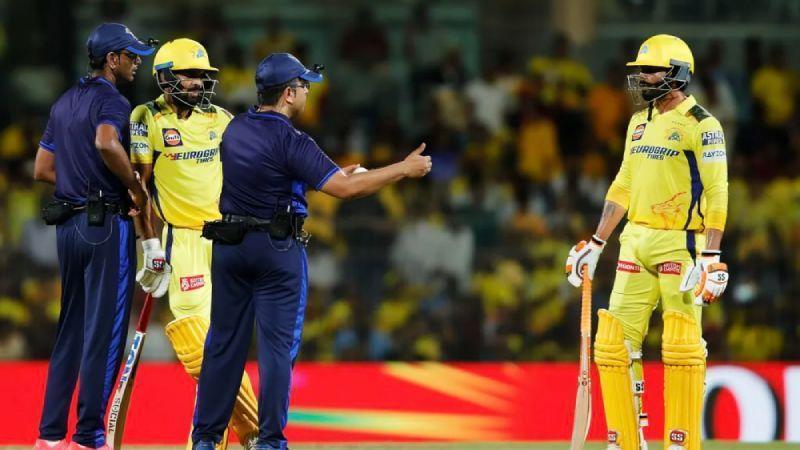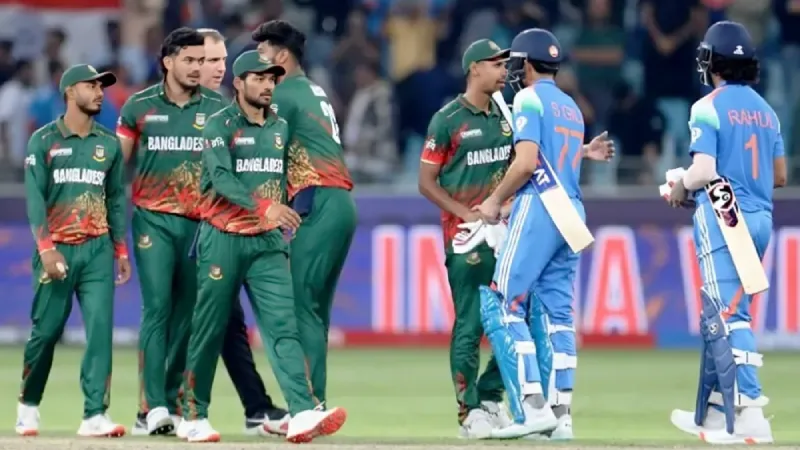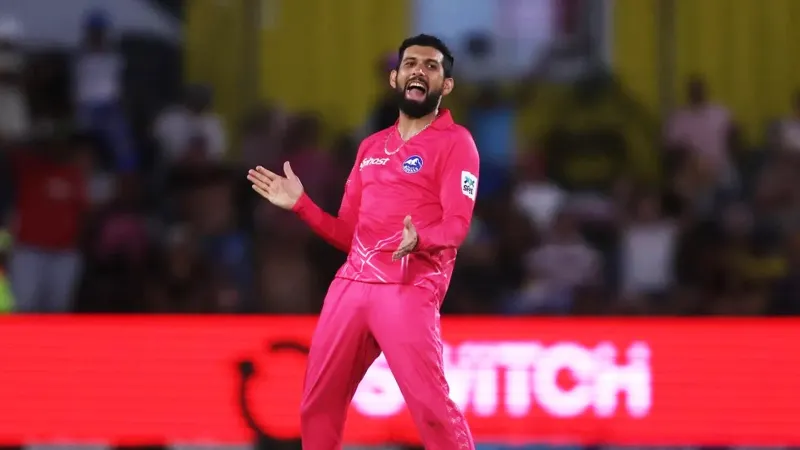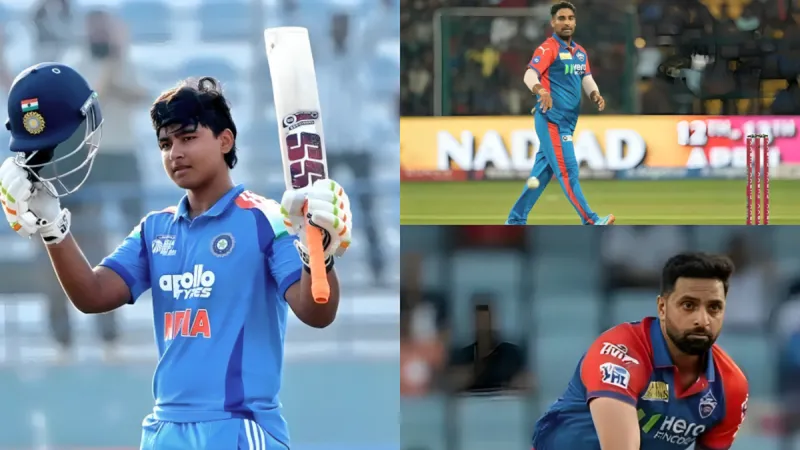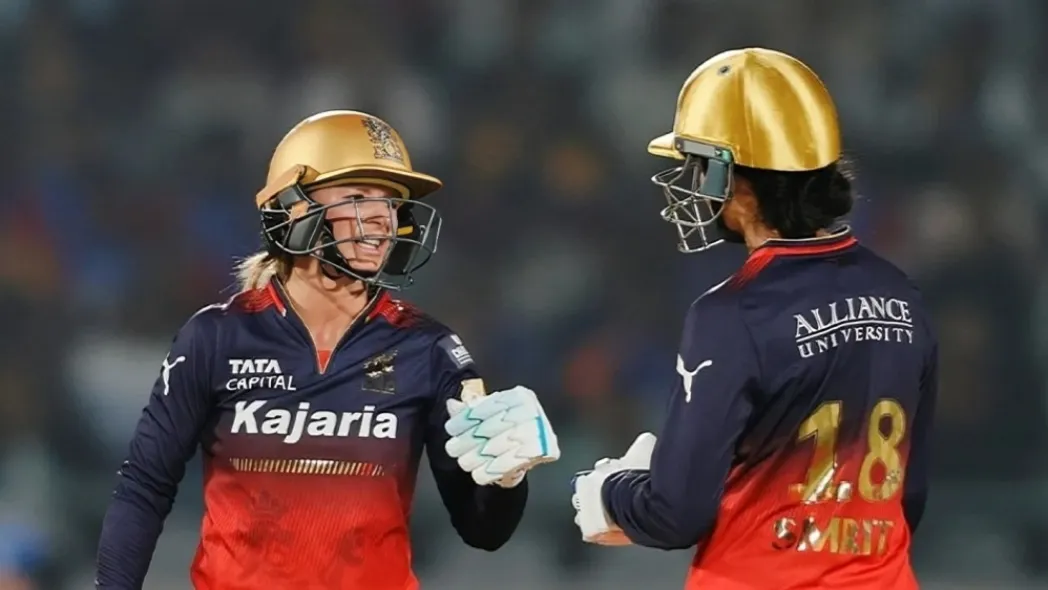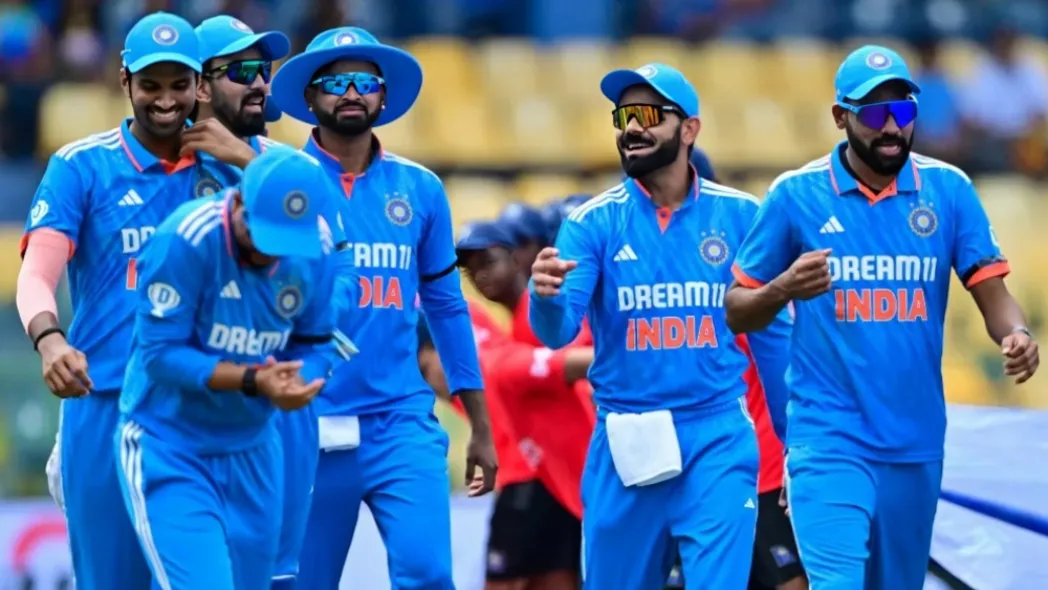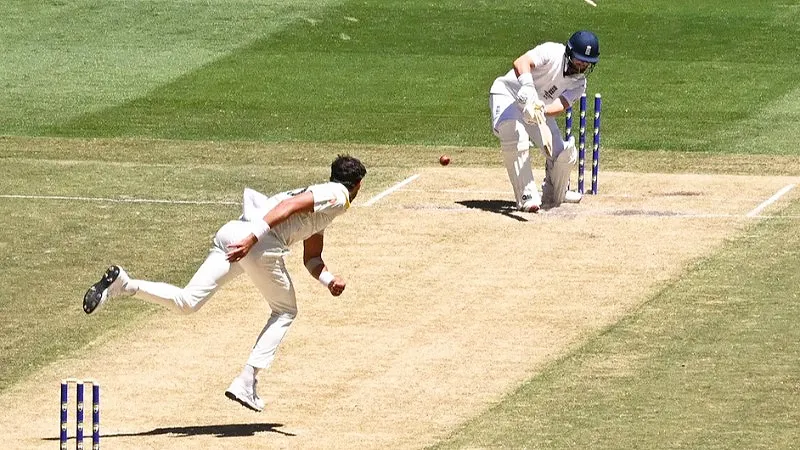The dismissal of Ravindra Jadeja for “obstructing the field” has sparked significant discussion among cricket enthusiasts and experts. The incident, which occurred during a recent match, raised questions about the interpretation of the rules and the intent behind Jadeja’s actions. Let’s delve into why Jadeja’s dismissal was considered correct under the “obstructing the field” law and explore the nuances of this rarely invoked rule.
What is “Obstructing the Field”
To fully grasp the situation, it’s essential to understand the rule itself. According to the Laws of Cricket, a batsman can be given out for obstructing the field if, at any point, while the ball is in play and a legitimate attempt is being made to run him out, he uses his bat or any part of his body to return the ball to a fielder or change his direction to prevent a run-out. The key elements here are the batsman’s intent and actions in relation to the fielding side’s attempt to execute a run-out.
The Incident
During the match, Jadeja found himself in a position where a fielder, Sanju Samson, was attempting to run him out. Observers noted that Jadeja took a significant detour while running between the wickets, changing his line and appearing to move towards the trajectory of the ball. This deviation from his running path and the subsequent physical maneuver to shield himself was pivotal in the umpires’ decision to rule him out.
One of the core arguments in favor of Jadeja’s dismissal is the perceived intent behind his actions. While Jadeja might argue that he was merely running back to his crease and not intentionally obstructing the ball, the umpires and many viewers interpreted his actions differently. The sequence of events showed Jadeja looking at the fielder and the ball, altering his path, and then using his body in a manner that suggested an attempt to interfere with the play.
The significant U-turn that Jadeja made was a crucial factor. Unlike a straightforward or slightly angled return to the crease, his movement was seen as excessively circuitous. This change in direction, especially when done after glancing towards the ball, can be perceived as an intentional effort to obstruct. The laws of cricket take a stringent view of such deviations, primarily to ensure the spirit of the game is upheld and fielders are not unfairly hindered.
Umpire’s Perspective
Umpires are tasked with making split-second decisions based on their understanding of the laws and the visual evidence presented to them. In Jadeja’s case, the umpires had to consider:
- The Line of Running: Was Jadeja running in a straight line, or did he significantly alter his path to obstruct the fielder?
- The Timing of the Movement: Did the change in direction coincide with the fielder’s attempt to field the ball or execute a run-out?
- The Nature of the Obstruction: Were Jadeja’s movement and subsequent action a clear attempt to block the ball or the fielder’s view?
- In this scenario, the umpires concluded that Jadeja’s deviation from his path and the positioning of his body indicated an obstruction, leading to his dismissal.
Want to stay ahead in the world of cricket? Explore our comprehensive Blog Post, insightful analysis, and the latest updates on all your favorite fixtures and more at JeetBuzz News. Don’t miss out and dive into the action now!

